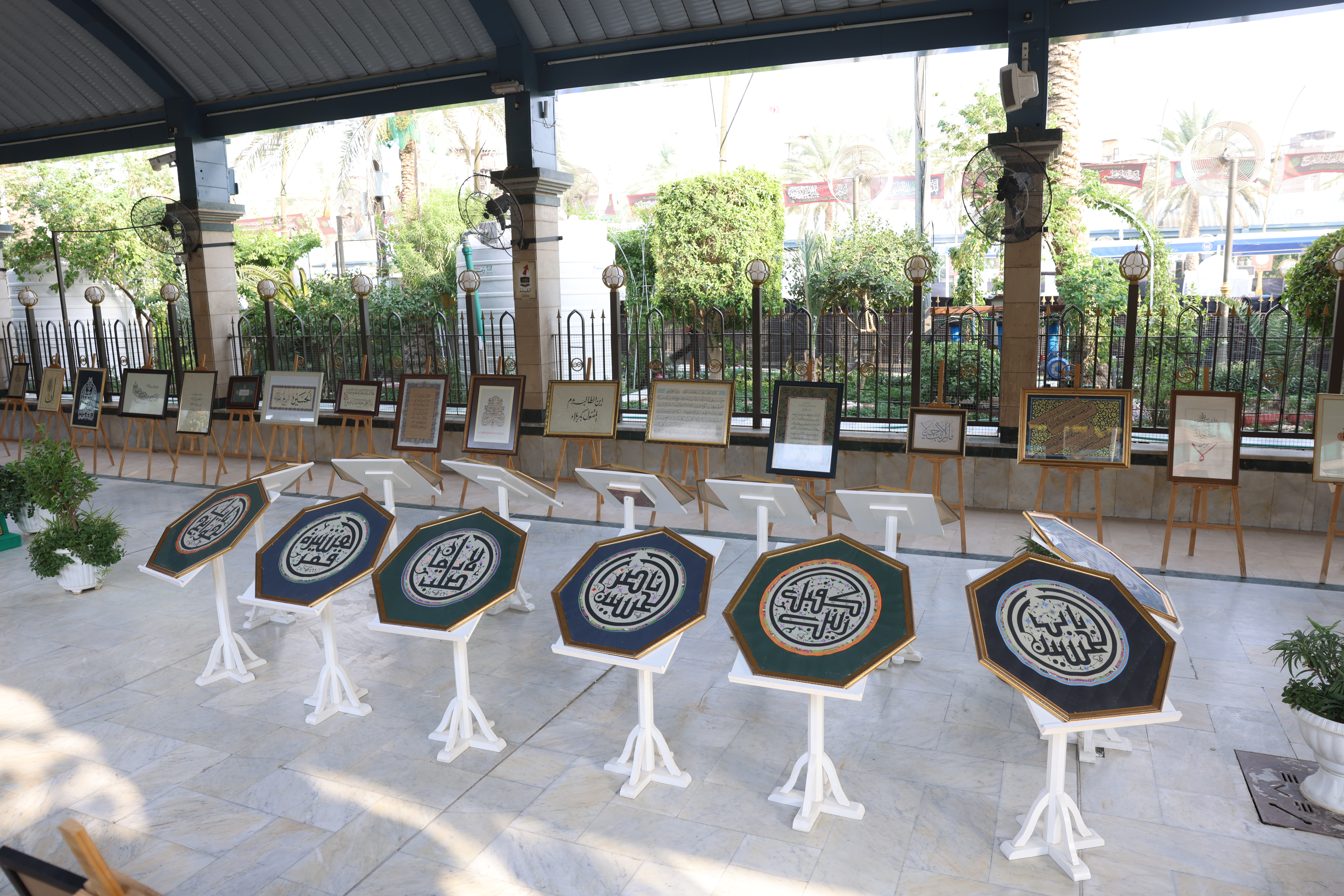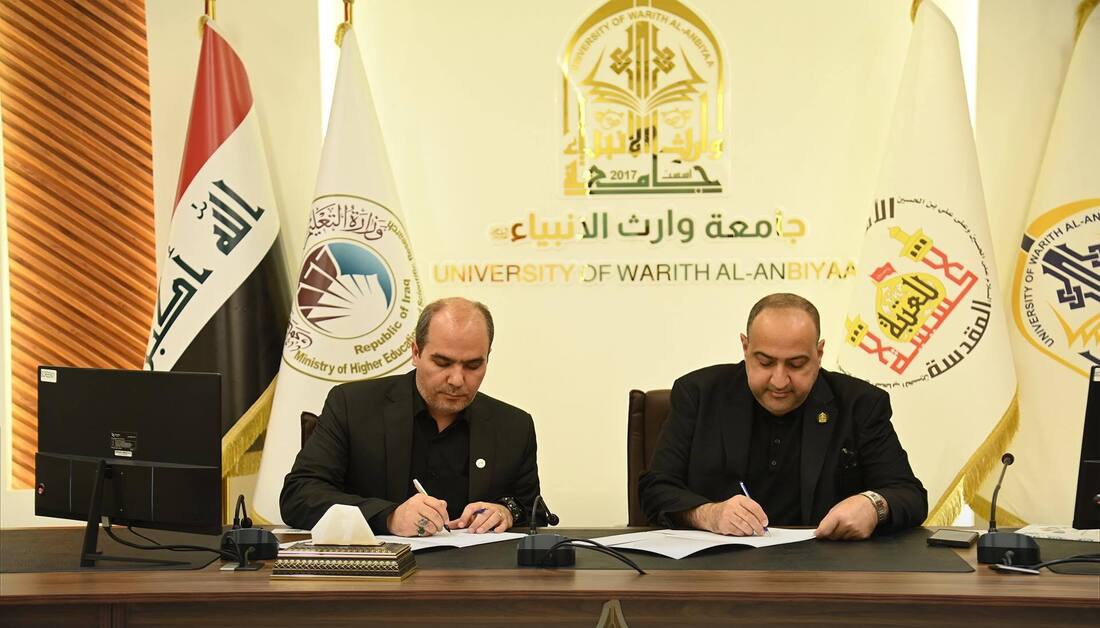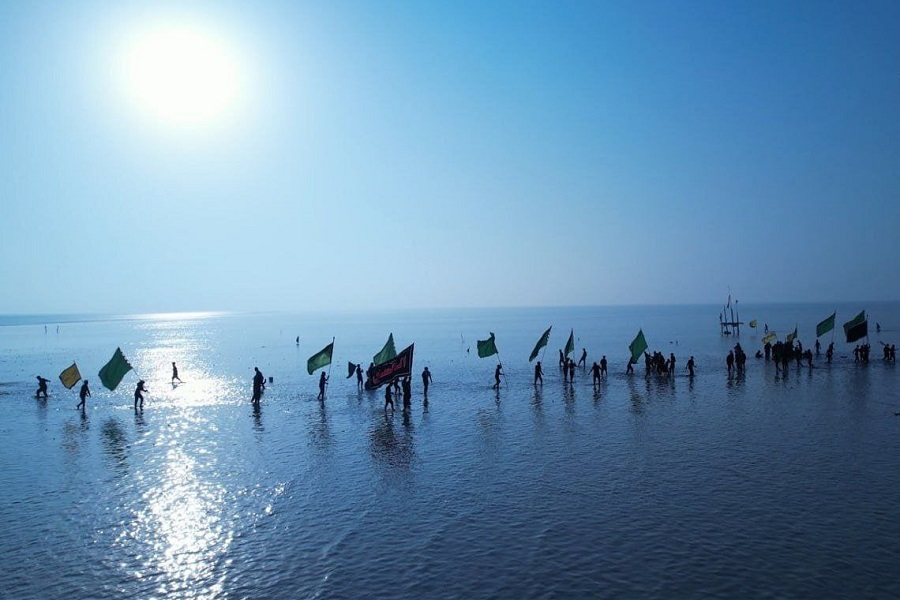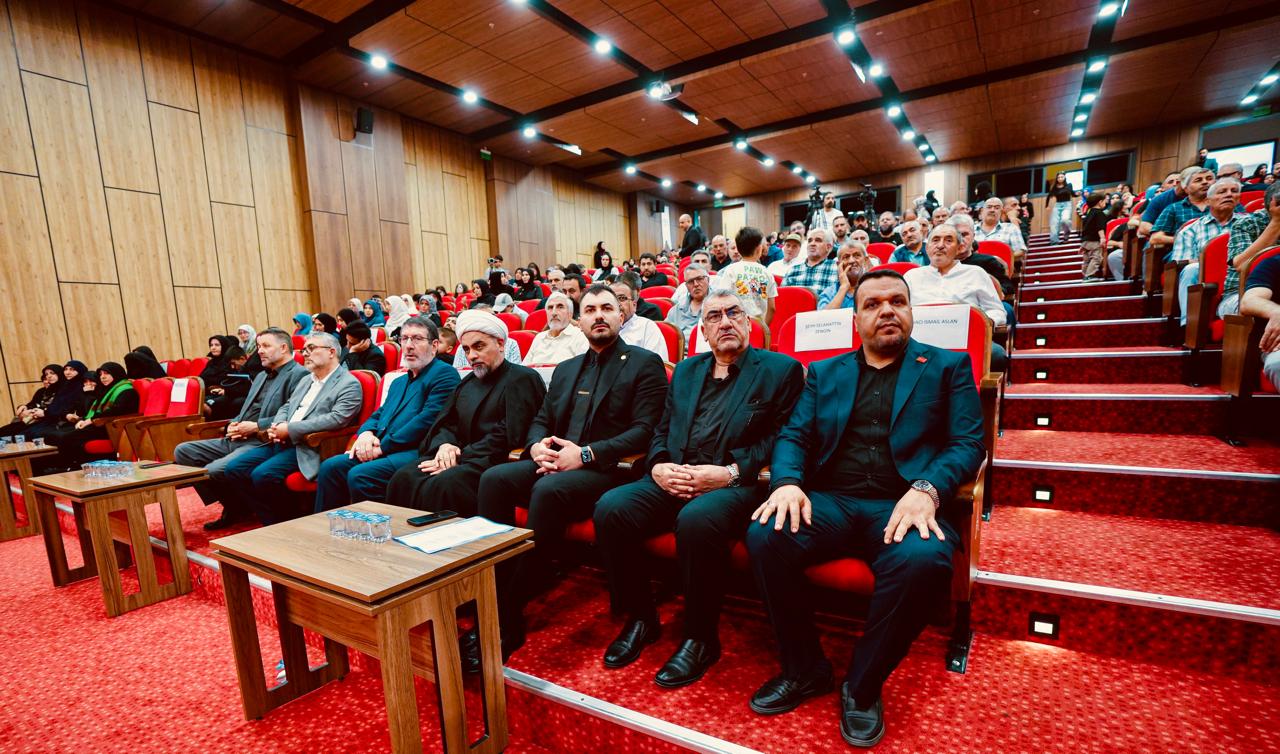UN: 40% of threatened World Heritage Sites are located in the Middle East
UNESCO has issued a warning about the increasing threats facing World Heritage sites, citing climate change and armed conflict as the primary risks. Notably, 40% of the endangered sites are located in the Middle East, according to the organization.
This warning came during the opening of the 47th expanded session of UNESCO’s World Heritage Committee, held in Paris, France. During the session, the Committee is reviewing the potential inscription of around 30 new sites to the World Heritage List, including a range of archaeological and natural sites, from prehistoric locations to vital marine ecosystems.
UNESCO Director-General Audrey Azoulay emphasized the role of culture in confronting global challenges, stating, “Culture must play a key role in addressing current challenges, whether related to climate change or the scars of war.”
She highlighted that three-quarters of World Heritage sites are now facing severe water-related threats, such as drought, flooding, and increased strain from overtourism.
Azoulay also noted that over half of the sites listed as World Heritage in Danger are facing direct risks from armed conflict. She announced that UNESCO will resume protective work in Syria, including at the National Museum in Damascus and damaged monuments in Aleppo. The organization is also monitoring cultural sites in Gaza via satellite imagery, with the hope of intervention when conditions permit.
Currently, the World Heritage List includes over 1,200 sites worldwide, with approximately 250 under review this year as UNESCO works to address the growing challenges facing global heritage.




